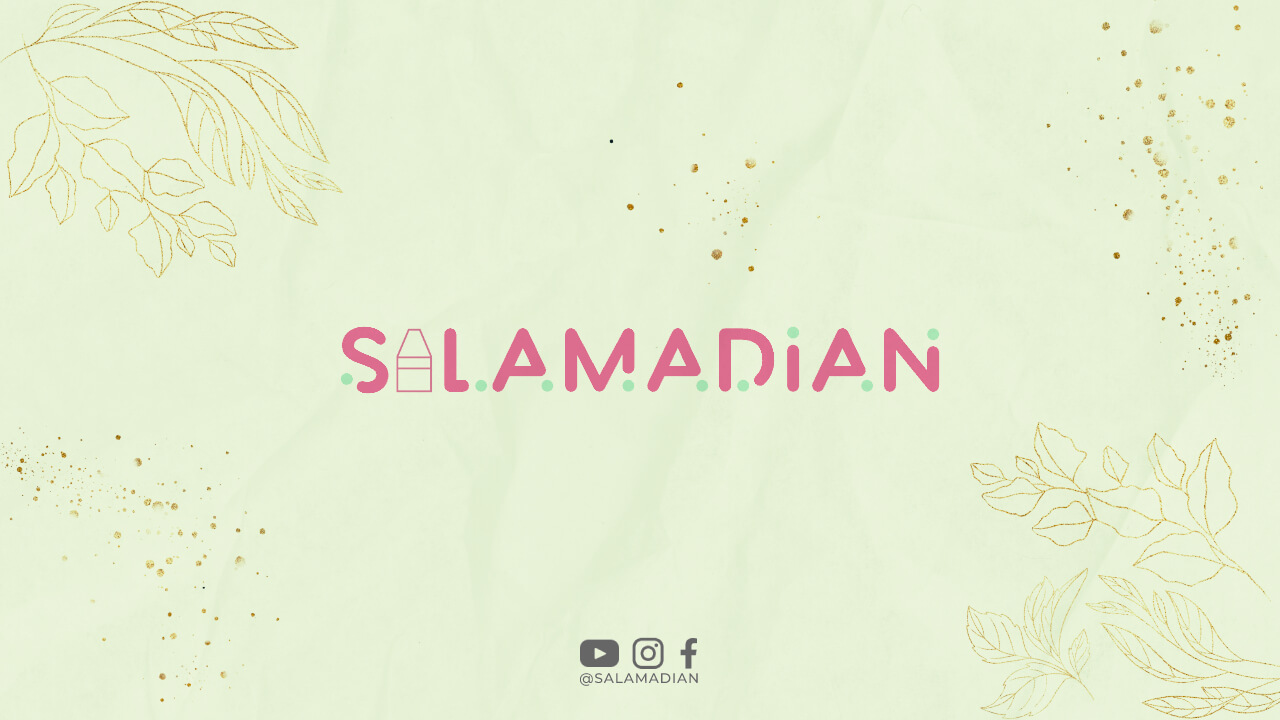With the ongoing COVID-19 pandemic, many homeowners across the country are facing financial difficulties and struggling to make their mortgage payments. If you’re one of them, you may have heard about something called “mortgage forbearance.” But what is it, exactly, and how can it help you stay in your home? In this article, we’ll break down the basics of mortgage forbearance and what you need to know to determine whether it’s the right option for you.
What is mortgage forbearance?
Put simply, mortgage forbearance is an agreement between a homeowner and their mortgage lender that allows the homeowner to temporarily reduce or pause their mortgage payments. This can be a useful option for homeowners who are experiencing a temporary financial hardship, such as a job loss or unexpected medical expenses, and need some breathing room to get back on their feet.
How does mortgage forbearance work?
When you enter into a mortgage forbearance agreement with your lender, you’ll typically be allowed to pause or reduce your mortgage payments for a set period of time. This can range from a few months to a year or more, depending on the terms of your agreement. During this time, you won’t be required to make your full mortgage payment, but you may still be responsible for paying a portion of it or making interest-only payments.
It’s important to note that mortgage forbearance isn’t free money – you’ll still owe the full amount of your mortgage, plus any interest that accrues during the forbearance period. However, it can be a useful tool for homeowners who need some temporary relief from their monthly mortgage payments.
Who qualifies for mortgage forbearance?
With the COVID-19 pandemic, many lenders are offering mortgage forbearance options to homeowners who have been impacted by the crisis. However, the specific eligibility requirements can vary depending on your lender and your individual situation.
In general, to qualify for mortgage forbearance, you’ll need to demonstrate that you’re experiencing a financial hardship that’s affecting your ability to make your mortgage payments. This could include a job loss, a reduction in income, unexpected medical expenses, or other extenuating circumstances.
What are the benefits of mortgage forbearance?
The primary benefit of mortgage forbearance is that it can give you some breathing room if you’re struggling to make your monthly mortgage payments. By reducing or pausing your payments temporarily, you can free up some cash flow to cover other expenses or get back on your feet after a financial setback.
Additionally, some mortgage forbearance agreements may also include a waiver of late fees or penalties, which can help you avoid additional expenses if you’re already struggling to make ends meet.
What are the downsides of mortgage forbearance?
While mortgage forbearance can be a useful tool for homeowners facing financial difficulties, it’s important to understand that it’s not a perfect solution. There are some downsides to consider before you decide to pursue forbearance.
First and foremost, as we mentioned earlier, mortgage forbearance isn’t free money. You’ll still be responsible for paying back the full amount of your mortgage, plus any interest that accrues during the forbearance period. This means that your overall mortgage balance may increase, and you could end up paying more in interest over the life of your loan.
Additionally, entering into forbearance could have an impact on your credit score. While your lender won’t report your payments as late or delinquent during the forbearance period, they may report that you’re in forbearance, which could still be viewed negatively by potential lenders or creditors.
How do I apply for mortgage forbearance?
If you’re interested in pursuing mortgage forbearance as an option, the first step is to contact your lender directly. You’ll need to explain your financial situation and provide documentation to support your request, such as proof of job loss or medical bills.
From there, your lender will evaluate your request and determine whether you qualify for forbearance. If you do, they’ll work with you to set up a forbearance agreement that outlines the terms of your temporary payment reduction or pause.
What happens after the forbearance period ends?
Once your forbearance period comes to an end, you’ll need to resume making your regular mortgage payments. Depending on the terms of your agreement, you may need to make up any missed payments or pay back a portion of your forbearance balance over time.
If you’re unable to resume your regular payments after the forbearance period ends, you may need to explore other options, such as a loan modification or a short sale.
Is mortgage forbearance right for me?
Whether or not mortgage forbearance is the right option for you will depend on your individual financial situation and goals. If you’re experiencing a temporary financial hardship and need some breathing room to get back on your feet, forbearance could be a useful tool to help you stay in your home.
However, it’s important to carefully consider all of the potential downsides and make an informed decision about whether forbearance is the best option for you. If you’re unsure, consider speaking with a financial advisor or housing counselor to get additional guidance.
The bottom line
Mortgage forbearance can be a useful option for homeowners who are struggling to make their monthly mortgage payments due to a temporary financial hardship. By temporarily reducing or pausing your payments, you can free up some cash flow to cover other expenses or get back on your feet. However, it’s important to carefully consider the potential downsides and make an informed decision about whether forbearance is the best option for you.

